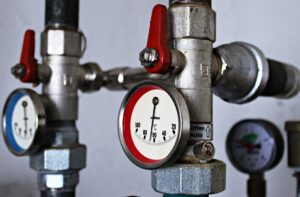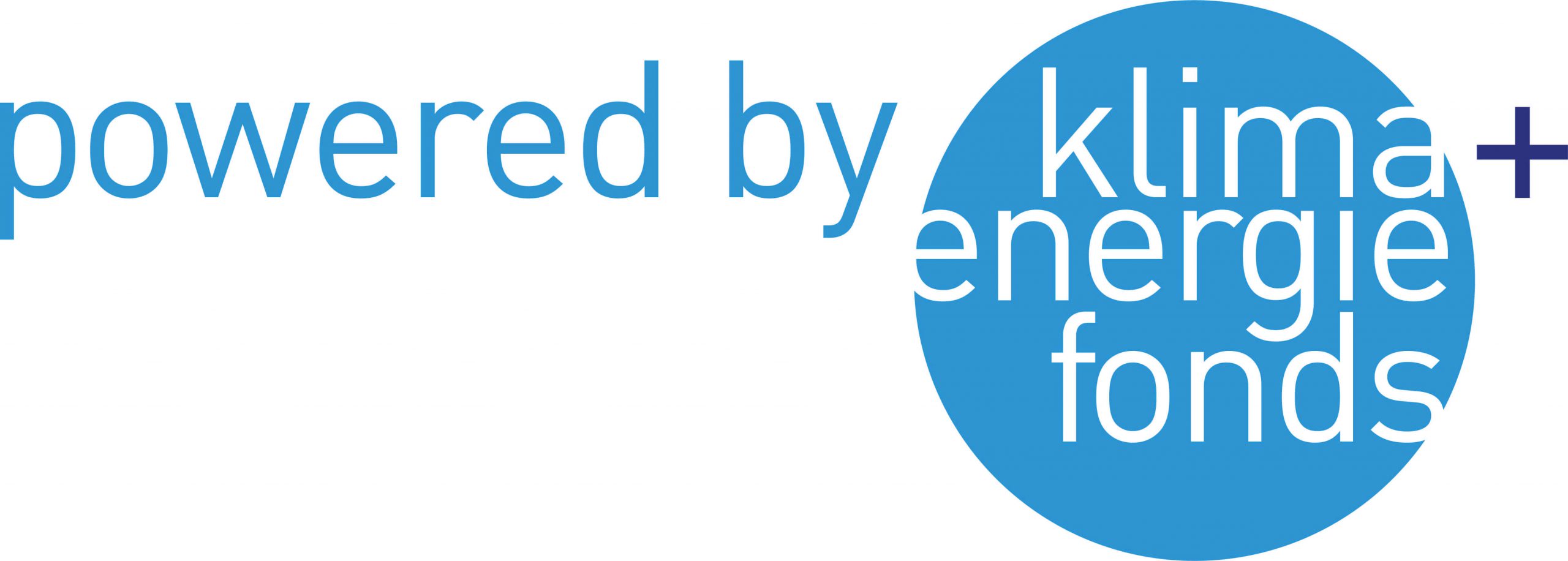
The objective of the Renewable EU Directive, 2017 is to achieve at least 27 % of renewable energy sources in Europe by 2030.
To reach this goal it is necessary to look at all options. Hence, also looking into waste-heat and other local energy sources such as bio energy, solar thermal and flexible CHP. These heat sources can be integrated in district heating with heat pumps and technology relying on production.
About the project
The aim of the Danish/Austrian project HEATflex is to develop a common technical and economic strategy to increase the use of waste heat and the competitiveness of CHP. A perspective is by providing HEAT flexibility in district heating networks through the following 2 approaches, that are linked to each other:
- Centralised generated heat flexibility: CHP + direct linked heat pumps
- Decentralised generated heat flexibility: Heat prosumers through a new developed heat substation + direct linked heat pumps will be used.
Furthermore, the project aims to investigate how heat from other processes (e.g. industry, data centers, cogeneration with cooling, excess of energy) can be recovered.
The HEATflex project shall investigate both technical- and management solutions and strategies. Hydraulic integration, controlling of decentralized pumps, billing of prosumers, flexible heat market and optimized usage of waste heat will investigate together with shareholders in the business.
Project objectives:
In this context the following targets should be achieved by HEATflex.
Share of surplus heat can be increased to 20 % in all district heating systems.
Expected results:
- Technical and economic strategy for increasing Waste Heat and Renewable Energy Sources (RES) in the heat sector based on the new EU RES-Directive
- Practical guideline for centralized and decentralized generated heat flexibility (technical, economical, legal, implementation, business models)
- Roadmap for the implementation, planning and engineering of a flexible district heat supply (e. g. empirical formula for upscaling)
- Good practice examples
- Recommendations
The project partners
Austrian partners:
Güssing Energy Technologies GmbH (GET)
Regelungs- Verteilerbau GmbH (RVB)
Danish partners:


is funded by




